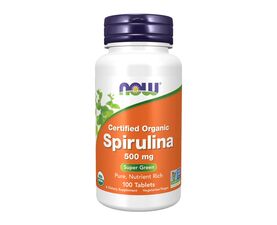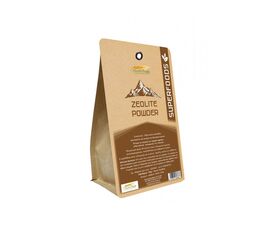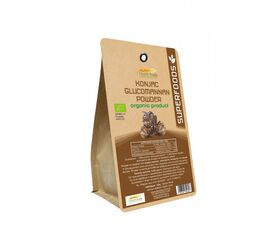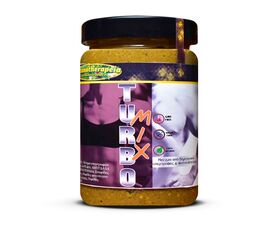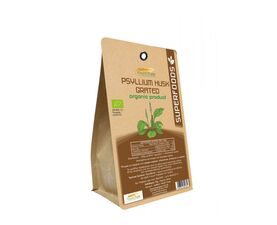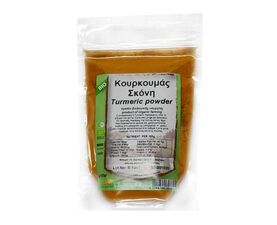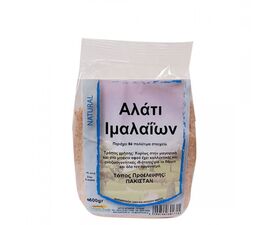Suma root, derived from the base of the suma plant, has a history of use for dietary and medicinal purposes. Indigenous to the rain forests of the Amazon Basin of South America, suma has long been used for its ability to stabilize and restore balance to the body's various systems. Individuals considering using it should speak with a qualified healthcare provider to discuss the herb's benefits and associated risks prior to use.
Historically, suma has been used as an aphrodisiac, tonic, and astringent. South American natives would consume it as a part of their daily diet. It is asserted that the herb offered increased physical endurance and energy for those who regularly ingested it.
For hundreds of years, suma was cultivated for treating conditions such as diabetes, skin problems, and tumors. Proponents assert that it promotes the body's ability to adapt to stress and works as a harmonizing agent that restores and boosts the immune system. The herb's purported capacity to promote hormonal balance makes it a valuable, herbal treatment option for menopausal and post-menopausal women.
Nutritional facts per 100g
Energy: 263 Kcal / 1091 Kj
Fat: 3,0 g
of which saturated: 1,61 g
Carbohydrate: 28,47 g
of which Sugar: 4,99 g
protein: 6,81 g
Fiber: 47,47g
Salt: <0,01 g
Ingredients: 100% Suma root powder
1 - 1 ½ tspo in water after meal.
No posts found










